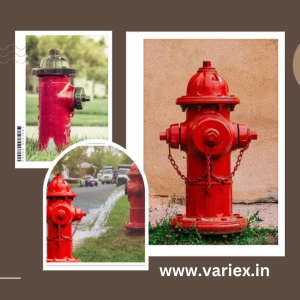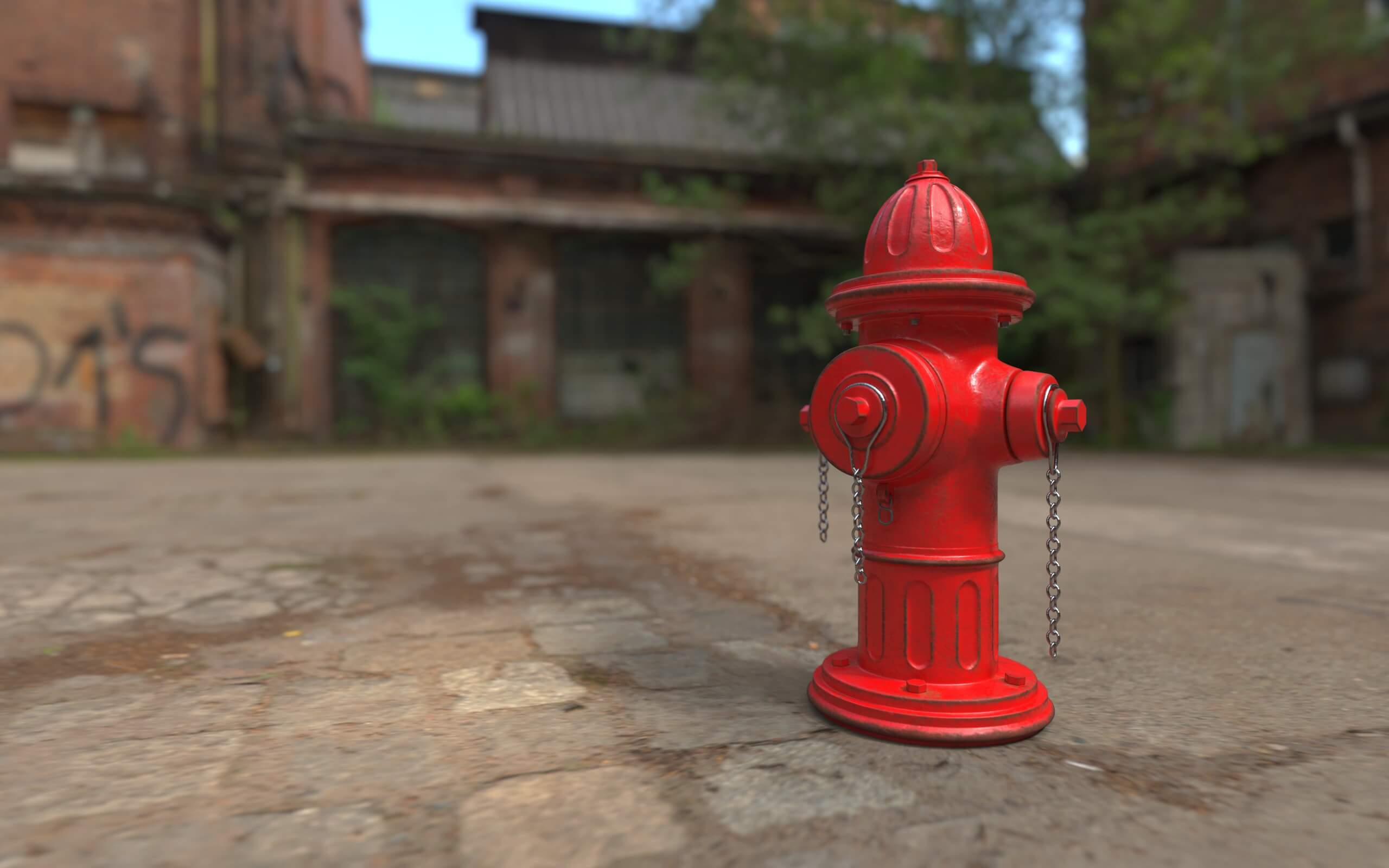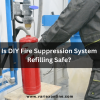![]()
Fire Immuniser
+91-7829629111
Email: info@variex.in
Varistor Technologies Pvt. Ltd.
Block-1, First Floor, Ardente Office One, Hoodi Circle, ITPL Main Road, Bengaluru, Karnataka 560048, IN
How To Decide The Fire Hydrant System Requirement For Industry
Industrial facilities face unique fire safety challenges due to the presence of flammable materials, high-risk processes, and large-scale operations. Installing a fire hydrant system is crucial to mitigate fire risks and ensure the safety of personnel, assets, and the surrounding environment. This informational guide outlines the essential steps for deciding the fire hydrant system requirements for industrial applications.
1. Conduct a Comprehensive Risk Assessment
- Begin by conducting a thorough risk assessment of the industrial facility to identify potential fire hazards, such as combustible materials, ignition sources, and critical processes. Consider factors such as facility layout, occupancy types, storage arrangements, and operational activities.
2. Determine Applicable Regulatory Standards:
- Familiarize yourself with relevant regulatory standards, codes, and guidelines governing fire protection requirements for industrial facilities. Standards such as NFPA, IS, OSHA, and local building codes provide valuable guidance on fire hydrant system design, installation, and maintenance.
3. Assess Water Supply Availability:
- Evaluate the availability and adequacy of water sources for fire fighting purposes, including municipal water supply, dedicated fire protection water tanks, or on-site water reservoirs. Ensure sufficient water pressure and flow rates to meet the demands of the fire hydrant system.
4. Evaluate Facility Size and Layout:
- Consider the size, layout, and operational characteristics of the industrial facility when determining the fire hydrant system requirements. Larger facilities may require multiple hydrants strategically located to provide adequate coverage and accessibility to all areas.
5. Analyze Fire Protection Goals and Objectives:
- Define specific fire protection goals and objectives tailored to the industrial facility's unique needs and risk profile. Consider factors such as occupancy type, asset value, business continuity requirements, and regulatory compliance obligations.
6. Perform Hydraulic Calculations:
- Conduct hydraulic calculations to determine the required water flow rates, pressure losses, and pipe sizing for the fire hydrant system. Factors such as hazard classification, occupancy type, sprinkler demand, and system design criteria influence hydraulic calculations.
7. Select Appropriate System Components:
- Choose suitable fire hydrant system components, including hydrants, underground piping, valves, fittings, and fire department connections (FDCs), based on hydraulic calculations, design requirements, and regulatory standards. Ensure compatibility with existing infrastructure and operational needs.
8. Consider Specialized Hazards and Processes:
- Identify any specialized hazards or processes present in the industrial facility, such as chemical storage areas, flammable liquid handling, or high-temperature operations. Implement additional fire protection measures, such as foam systems, deluge systems, or specialized extinguishing agents, as necessary.
9. Incorporate Redundancy and Redundancy:
- Incorporate redundancy and reliability features into the fire hydrant system design to ensure robustness and operational continuity. Include backup water supply sources, redundant piping routes, and redundant hydrants to mitigate the risk of system failure during emergencies.
10. Consult with Fire Protection Experts:
- Seek guidance from qualified fire protection engineers, consultants, or authorities having jurisdiction (AHJs) to review and validate the proposed fire hydrant system design. Collaborate with industry professionals to address technical challenges, optimize system performance, and ensure compliance with regulatory requirements.
11. Hazard Classification:
- Classify different areas within the industrial facility based on the level of fire hazard present. Areas with higher risks, such as chemical storage facilities or process areas handling flammable materials, may require additional fire hydrants and specialized suppression systems.
12. Environmental Factors:
- Consider environmental factors such as weather conditions, seasonal variations, and terrain features that may impact water availability, pressure, and distribution during firefighting operations. Plan for contingencies and alternate water sources to address potential challenges.
13. Expansion and Future Growth:
- Anticipate future expansions or changes in facility layout, production processes, or occupancy types that may impact fire protection needs. Design the fire hydrant system with scalability and adaptability in mind to accommodate future growth and modifications.
14. Accessibility and Egress Routes:
- Ensure that fire hydrants are strategically located to provide optimal coverage and accessibility to all areas of the facility, including remote or hard-to-reach locations. Consider proximity to access roads, egress routes, and staging areas for firefighting apparatus.
15. Training and Emergency Response Preparedness:
- Invest in employee training and emergency response preparedness programs to ensure personnel are familiar with fire hydrant locations, operation procedures, and evacuation protocols. Conduct regular drills and exercises to test the effectiveness of emergency response plans.
16. Integration with Fire Alarm and Detection Systems:
- Integrate the fire hydrant system with fire alarm and detection systems to enable early detection of fire events and automatic activation of the suppression system. Coordination between detection, alarm, and suppression systems enhances overall fire safety and response capabilities.
17. Regulatory Compliance and Standards Updates:
- Stay informed about changes in fire safety regulations, standards, and industry best practices relevant to industrial fire protection. Periodically review and update the fire hydrant system design and maintenance practices to ensure ongoing compliance and effectiveness.
18. Local Fire Department Requirements:
- Consult with the local fire department or AHJs to understand their specific requirements and recommendations for fire hydrant system design, installation, and testing. Collaborate with fire officials to address concerns and ensure alignment with community firefighting capabilities.
19. Cost-Benefit Analysis:
- Conduct a thorough cost-benefit analysis to evaluate the return on investment (ROI) of implementing various fire protection measures, including the fire hydrant system. Consider factors such as potential property damage, business interruption costs, and insurance premiums reduction.
20. Periodic Review and Maintenance:
- Establish a comprehensive maintenance program to inspect, test, and maintain the fire hydrant system regularly. Schedule periodic reviews and audits to assess system performance, identify potential issues, and implement corrective actions as needed.
Conclusion
Deciding the fire hydrant system requirements for industrial facilities requires careful consideration of various factors, including fire hazards, regulatory standards, water supply availability, facility characteristics, and specialized processes. By following the steps outlined in this guide and leveraging expert guidance, industrial facility owners, managers, and safety professionals can develop effective fire protection strategies tailored to their specific needs, mitigating fire risks and enhancing overall safety and resilience.
Frequently Asked Questions
Important factors include the size and layout of the facility, water supply availability, hazard classification, environmental factors, expansion plans, accessibility, training needs, regulatory compliance, and integration with other fire protection systems.
Fire hazards can be classified based on the types of materials present, processes involved, and potential ignition sources. High-risk areas, such as chemical storage facilities or process areas handling flammable materials, require special attention and may necessitate additional fire protection measures.
Fire hydrants should be strategically located to provide optimal coverage and accessibility throughout the facility. Factors to consider include proximity to high-risk areas, access roads, egress routes, staging areas for firefighting apparatus, and considerations for environmental conditions.
Stay informed about relevant regulations, codes, and standards governing fire protection in industrial settings, such as NFPA, IS, OSHA, and local building codes. Work closely with fire protection professionals, consultants, and regulatory authorities to ensure compliance with applicable requirements.
Yes, it is essential to provide comprehensive training to personnel on fire hydrant system operation, emergency response procedures, evacuation protocols, and firefighting techniques. Regular drills and exercises should be conducted to reinforce training and assess readiness.
Final Say
We at VariEx.in or Variexonline.com have mastered the art of designing, installing, inspecting, and fixing automatic sprinkler systems with the help of our in-house team, which is capable of delivering the fire sprinkler services you need, whether large or small and at affordable cost.
To schedule a fire sprinkler installation, or you think our services could benefit your commercial property, contact us online or give us a call at, 7829629111










